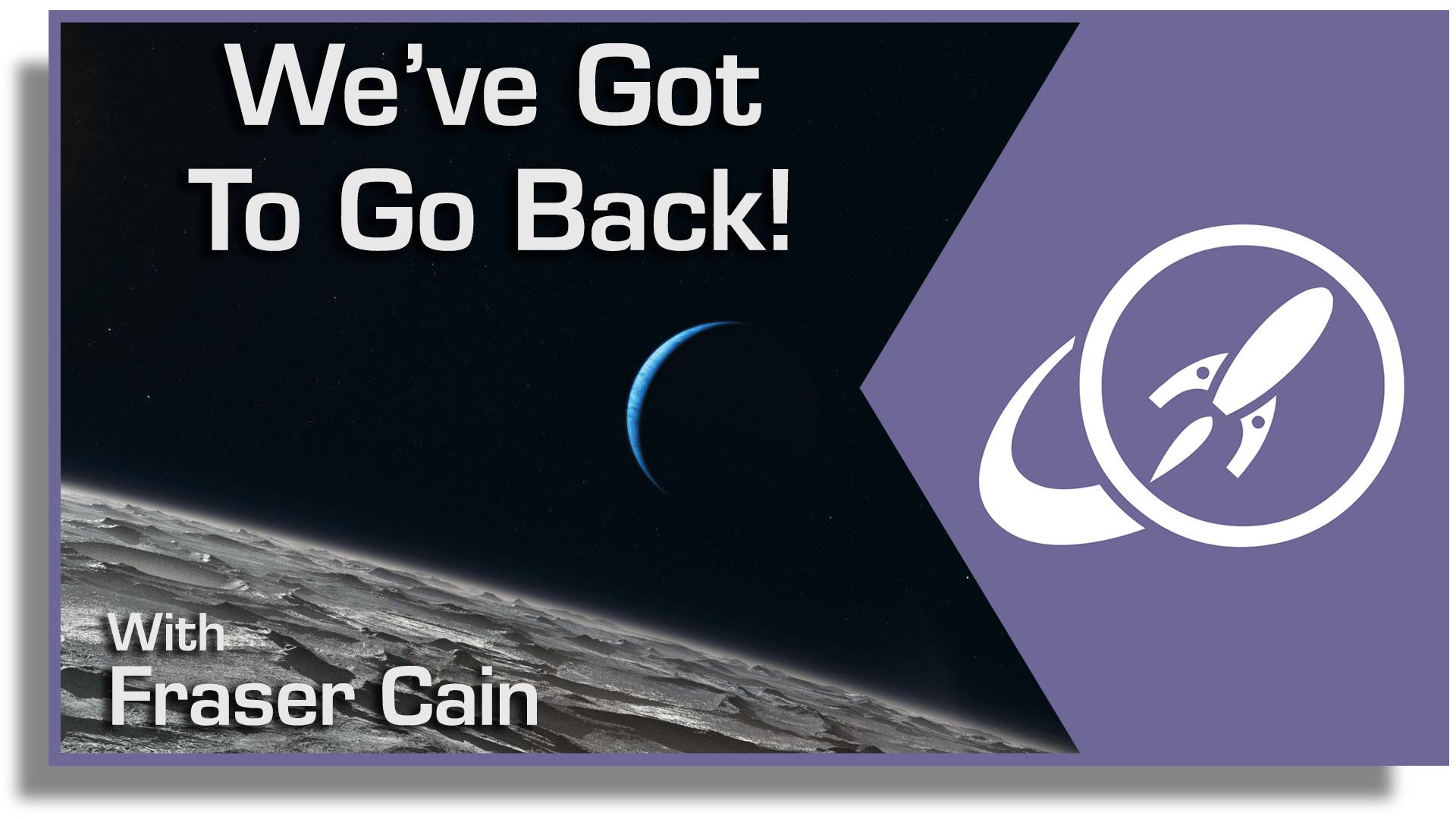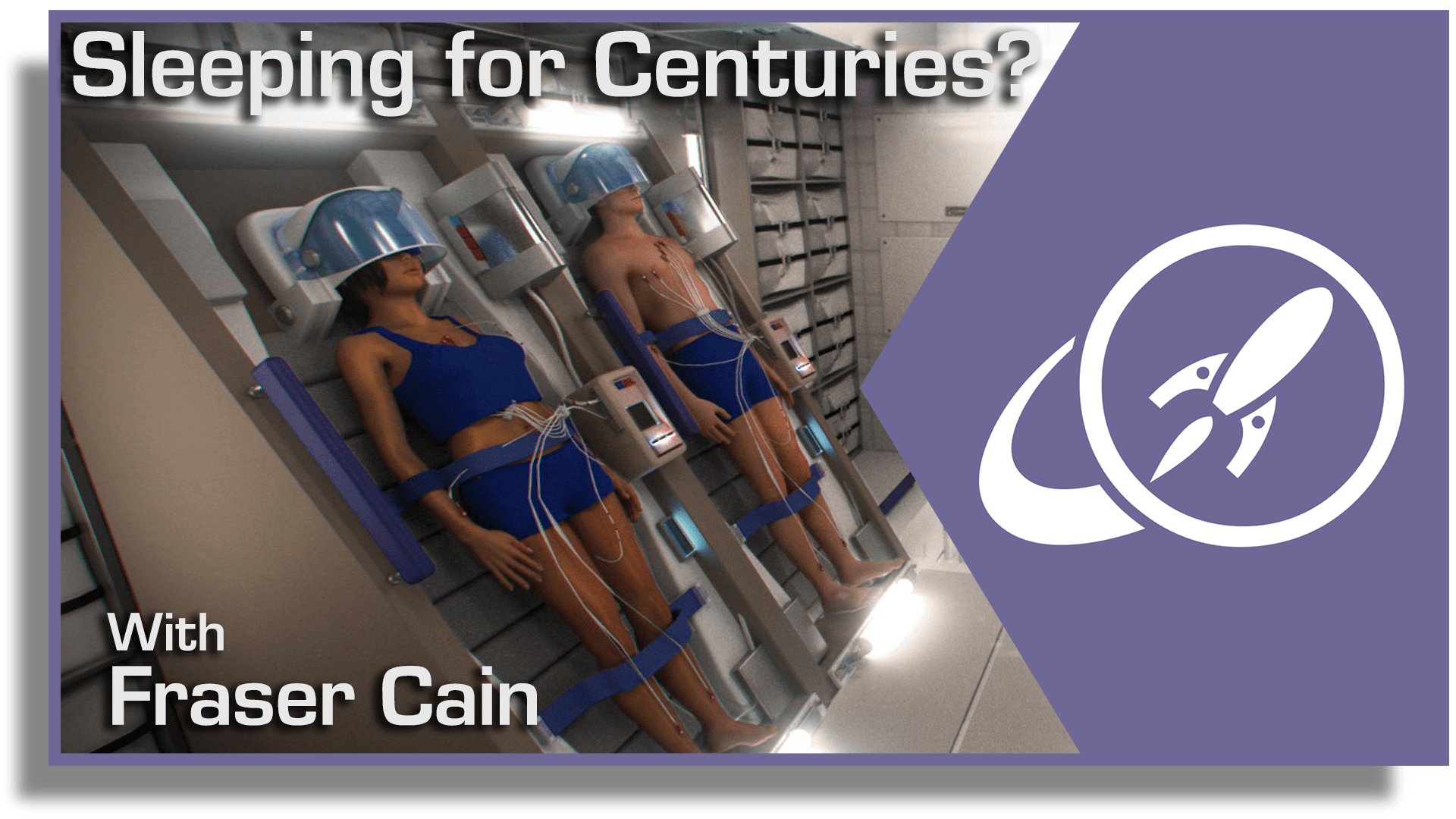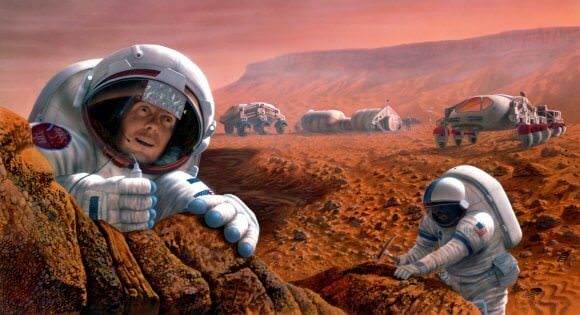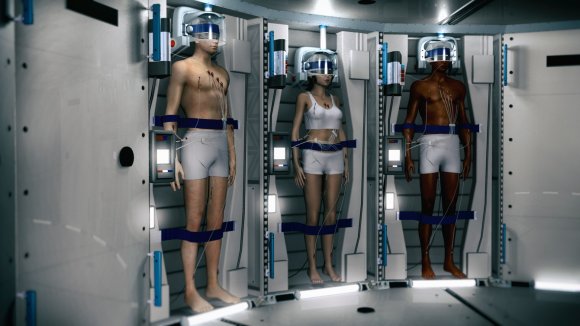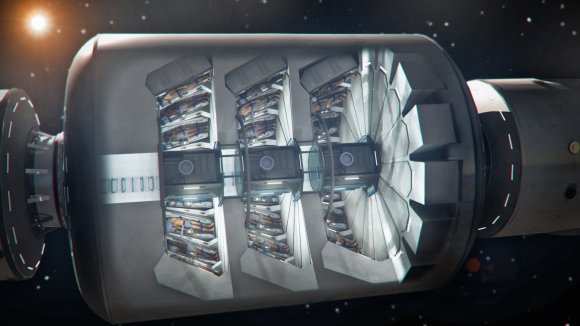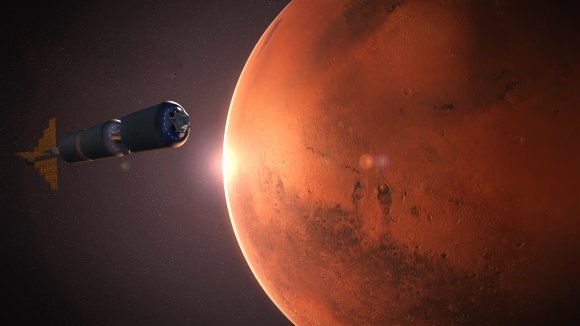I look forward to all the future missions that NASA is going to be sending out in the Solar System. Here, check this out. You can use NASA’s website to show you all the future missions. Here’s everything planned for the future, here’s everything going to Mars.
Now, let’s look and see what missions are planned for the outer planets of the Solar System, especially Uranus and Neptune. Oh, that’s so sad… there’s nothing.
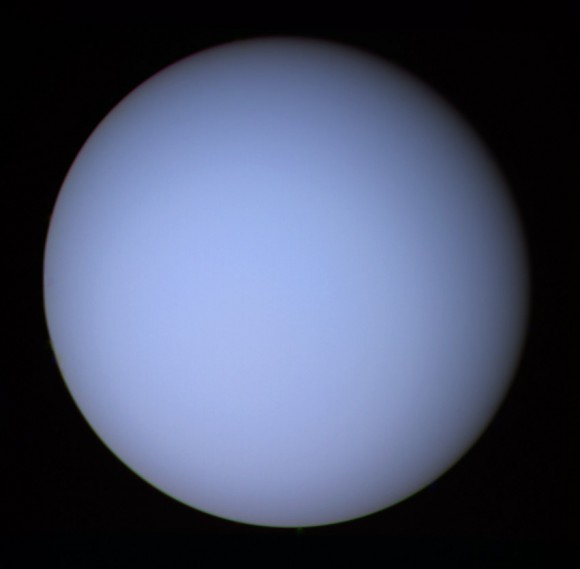
It’s been decades since humanity had an up close look at Uranus and Neptune. For Uranus, it was Voyager 2, which swept through the system in 1986. We got just a few tantalizing photographs of the ice giant planet and it’s moons.
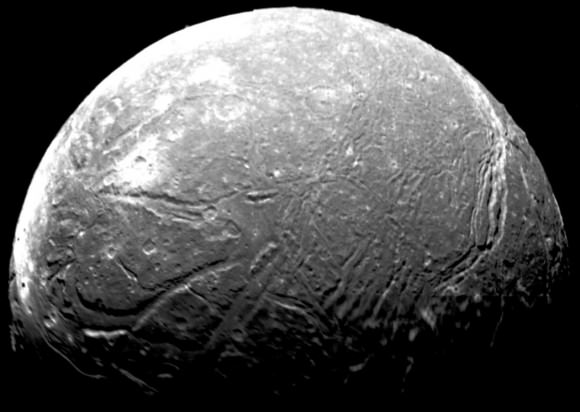
What’s that?
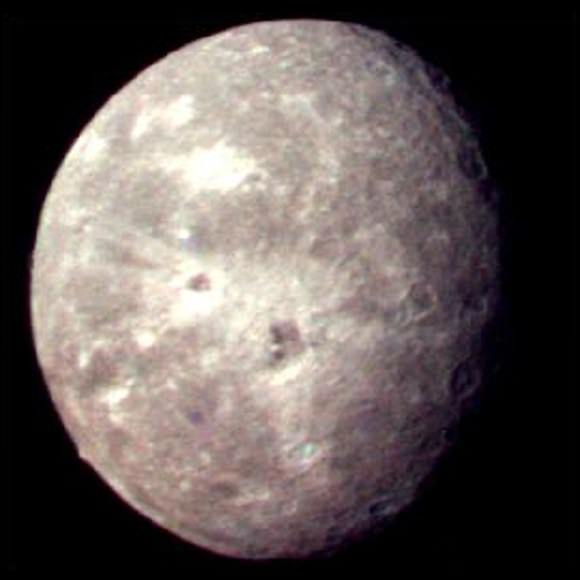
What’s going on there?
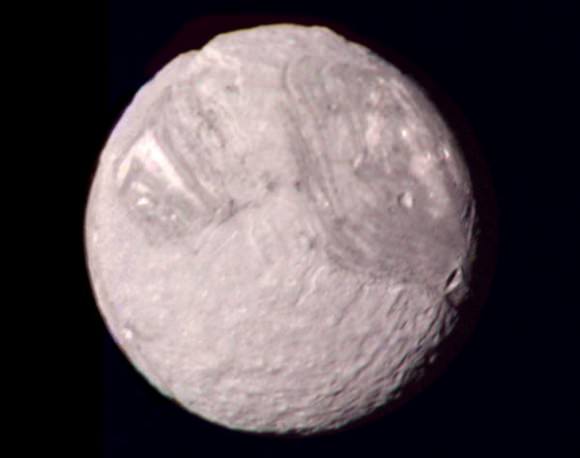
What are those strange features? Sorry, insufficient data.
And then Voyager 2 did the same, zipping past Neptune in 1989.

Check this out.
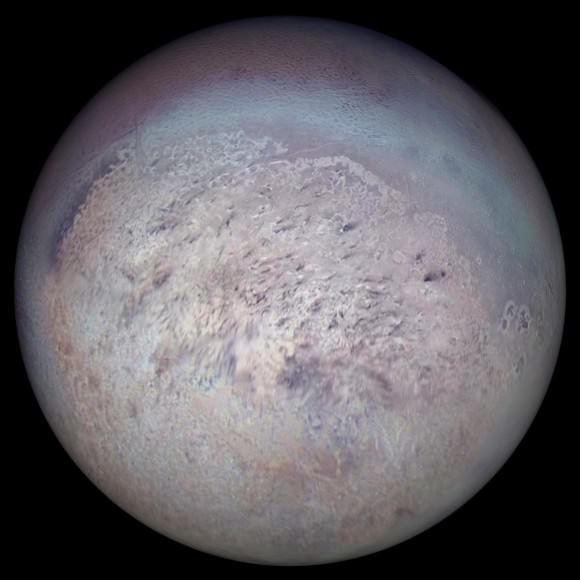
What’s going here on Triton? Wouldn’t you like to know more? Well, too bad! You can’t it’s done, that’s all you get.
Don’t get me wrong, I’m glad we’ve studied all these other worlds. I’m glad we’ve had orbiters at Mercury, Venus, everything at Mars, Jupiter, and especially Saturn. We’ve seen Ceres and Vesta, and the Moon up close. We even got a flyby of Pluto and Charon.
It’s time to go back to Uranus and Neptune, this time to stay.
And I’m not the only one who feels this way.
Scientists at NASA recently published a report called the Ice Giant Mission Study, and it’s all about various missions that could be sent to explore Uranus, Neptune and their fascinating moons.
The team of scientists who worked on the study considered a range of potential missions to the ice giants, and in the end settled on four potential missions; three that could go to Uranus, and one headed for Neptune. Each of them would cost roughly $2 billion.
Uranus is closer, easier to get to, and the obvious first destination of a targeted mission. For Uranus, NASA considered three probes.
The first idea is a flyby mission, which will sweep past Uranus gathering as much science as it can. This is what Voyager 2 did, and more recently what NASA’s New Horizons did at Pluto. In addition, it would have a separate probe, like the Cassini and Galileo missions, that would detach and go into the atmosphere to sample the composition below the cloudtops. The mission would be heavy and require an Atlas V rocket with the same configuration that sent Curiosity to Mars. The flight time would take 10 years.
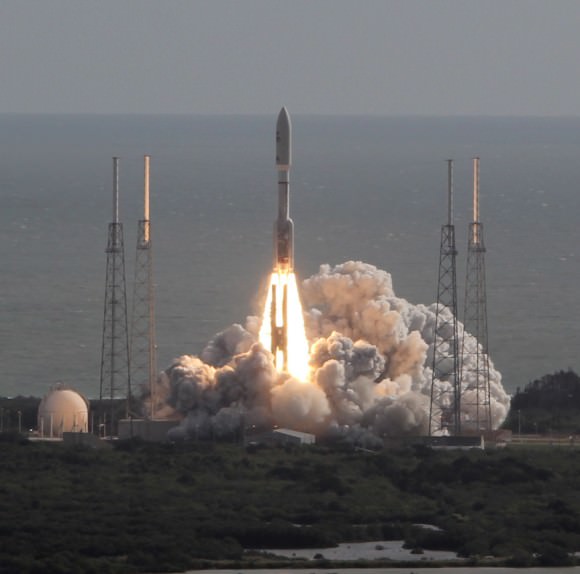
The main science goal of this mission would be to study the composition of Uranus. It would make some other measurements of the system as it passed through, but it would just be a glimpse. Better than Voyager, but nothing like Cassini’s decade plus observations of Saturn.
I like where this is going, but I’m going to hold out for something better.
The next idea is an orbiter. Now we’re talking! It would have all the same instruments as the flyby and the detachable probe. But because it would be an orbiter, it would require much more propellant. It would have triple the launch mass of the flyby mission, which means a heavier Atlas V rocket. And a slightly longer flight time; 12 years instead of 10 for the flyby.
Because it would remain at Uranus for at least 3 years, it would be able to do an extensive analysis of the planet and its rings and moons. But because of the atmospheric probe, it wouldn’t have enough mass for more instruments. It would have more time at Uranus, but not a much better set of tools to study it with.
Okay, let’s keep going. The next idea is an orbiter, but without the detachable probe. Instead, it’ll have the full suite of 15 scientific instruments, to study Uranus from every angle. We’re talking visible, doppler, infrared, ultraviolet, thermal, dust, and a fancy wide angle camera to give us those sweet planetary pictures we like to see.
Study Uranus? Yes please. But while we’re at it, let’s also sent a spacecraft to Neptune.

As part of the Ice Giants Study, the researchers looked at what kind of missions would be possible. In this case, they settled on a single recommended mission. A huge orbiter with an additional atmospheric probe. This mission would be almost twice as massive as the heaviest Uranus mission, so it would need a Delta IV Heavy rocket to even get out to Neptune.
As it approached Neptune, the mission would release an atmospheric probe to descend beneath the cloudtops and sample what’s down there. The orbiter would then spend an additional 2 years in the environment of Neptune, studying the planet and its moons and rings. It would give us a chance to see its fascinating moon Triton up close, which seems to be a captured Kuiper Belt Object.
Unfortunately there’s no perfect grand tour trajectory available to us any more, where a single spacecraft could visit all the large planets in the Solar System. Missions to Uranus and Neptune will have to be separate, however, if NASA’s Space Launch System gets going, it could carry probes for both destinations and launch them together.
The goal of these missions is the science. We want to understand the ice giants of the outer Solar System, which are quite different from both the inner terrestrial planets and the gas giants Jupiter and Saturn.

The gas giants are mostly hydrogen and helium, like the Sun. But the ice giants are 65% water and other ices made from methane and ammonia. But it’s not like they’re big blobs of water, or even frozen water. Because of their huge gravity, the ice giants crush this material with enormous pressure and temperature.
What happens when you crush water under this much pressure? It would all depend on the temperature and pressure. There could be different types of ice down there. At one level, it could be an electrically conductive soup of hydrogen and oxygen, and then further down, you might get crystallized oxygen with hydrogen ions running through it.
Hailstones made of diamond could form out of the carbon-rich methane and fall down through the layers of the planets, settling within a molten carbon core. What I’m saying is, it could be pretty strange down there.
We know that ice giants are common in the galaxy, in fact, they’ve made up the majority of the extrasolar planets discovered so far. By better understanding the ones we have right here in our own Solar System, we can get a sense of the distant extrasolar planets turning up. We’ll be better able to distinguish between the super earths and mini-neptunes.
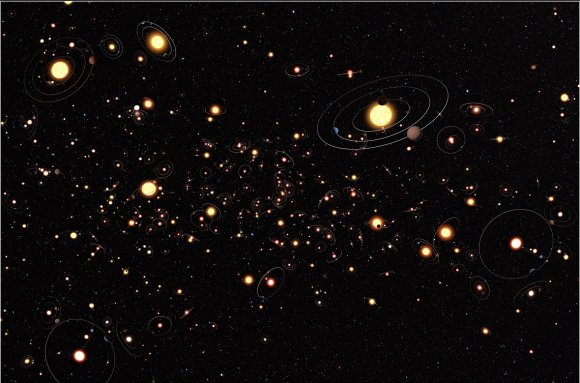
Another big question is how these planets formed in the first place. In their current models, most planetary astronomers think these planets had very short time windows to form. They needed to have massive enough cores to scoop up all that material before the newly forming Sun’s solar wind blasted it all out into space. And yet, why are these kinds of planets so common in the Universe?
The NASA mission planners developed a total of 12 science objectives for these missions, focusing on the composition of the planets and their atmospheres. And if there’s time, they’d like to know about how heat moves around, their constellations of rings and moons. They’d especially like to investigate Neptune’s moons Triton, which looks like a captured Kuiper Belt Object, as it orbits in the reverse direction from all the other moons in the Solar System.
In terms of science, the two worlds are very similar. But because Neptune has Triton. If I had to choose, I’d go with a Neptune mission.
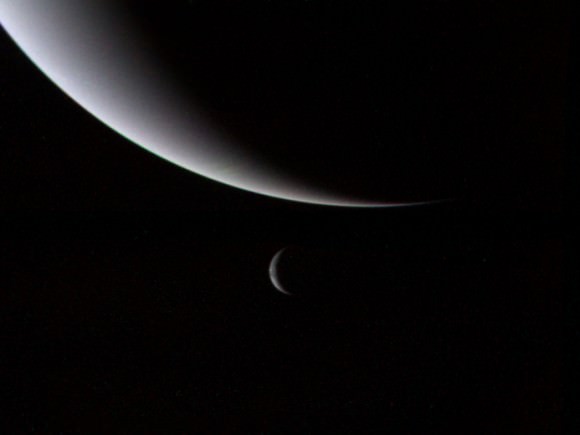
Are you excited? I’m excited. Here’s the bad news. According to NASA, the best launch windows for these missions would be 2029 or 2034. And that’s just the launch time, the flight time is an additional decade or more on top of that. In other words, the first photos from a Uranus flyby could happen in 2039 or 2035, while orbiters could arrive at either planet in the 2040s. I’m sure my future grandchildren will enjoy watching these missions arrive.
But then, we have to keep everything in perspective. NASA’s Cassini mission was under development in the 1980s. It didn’t launch until 1997, and it didn’t get to Saturn until 2004. It’s been almost 20 years since that launch, and almost 40 years since they started working on it.
I guess we need to be more patient. I can be patient.

